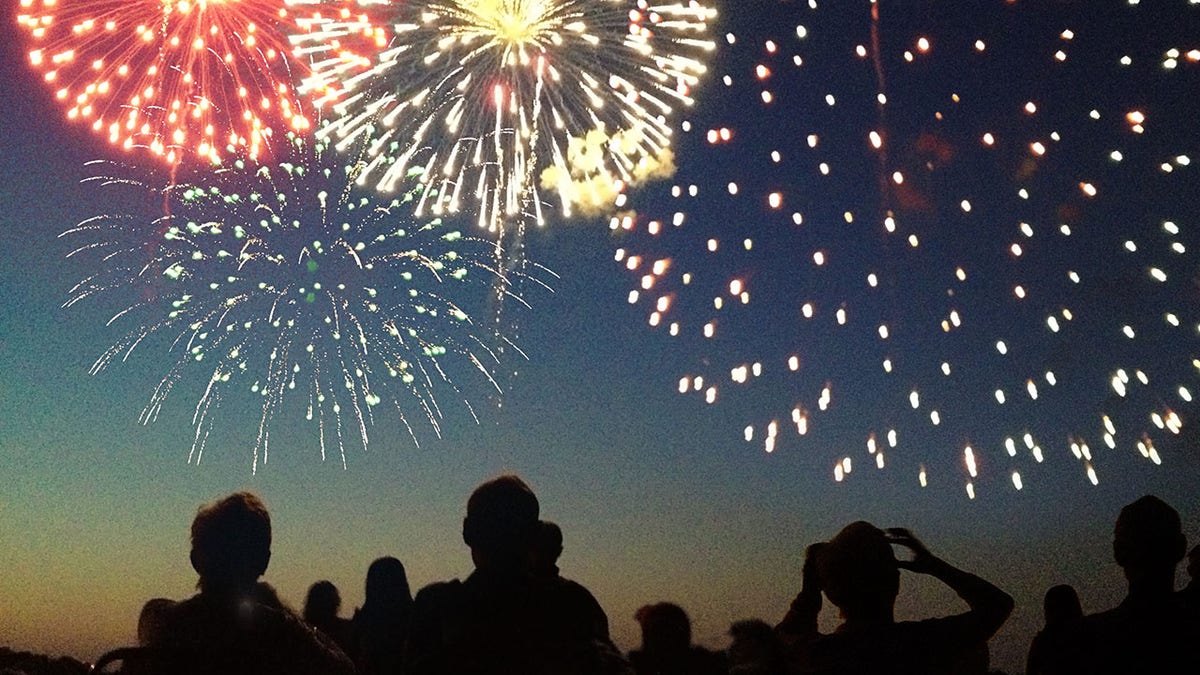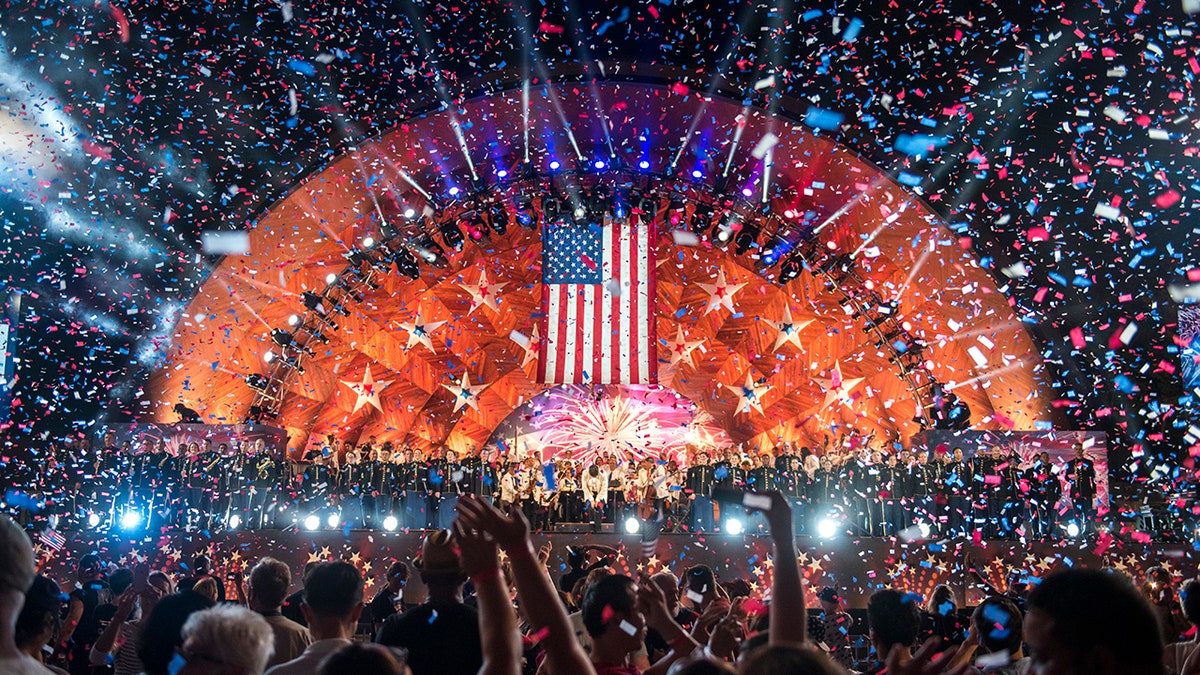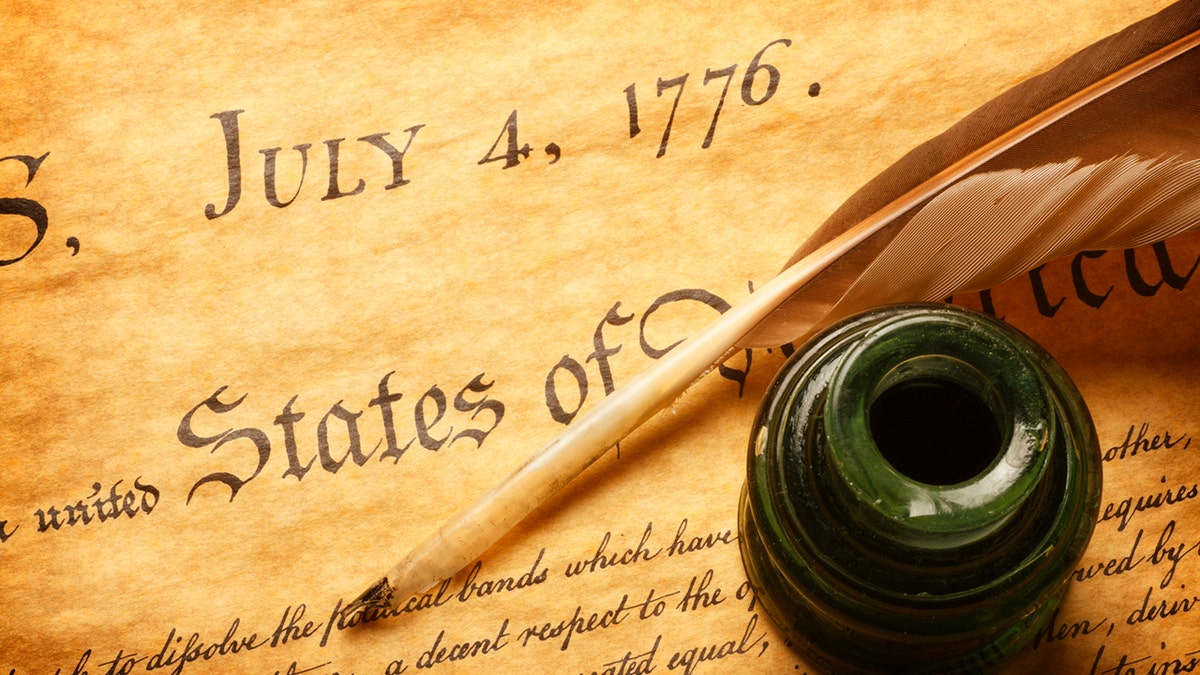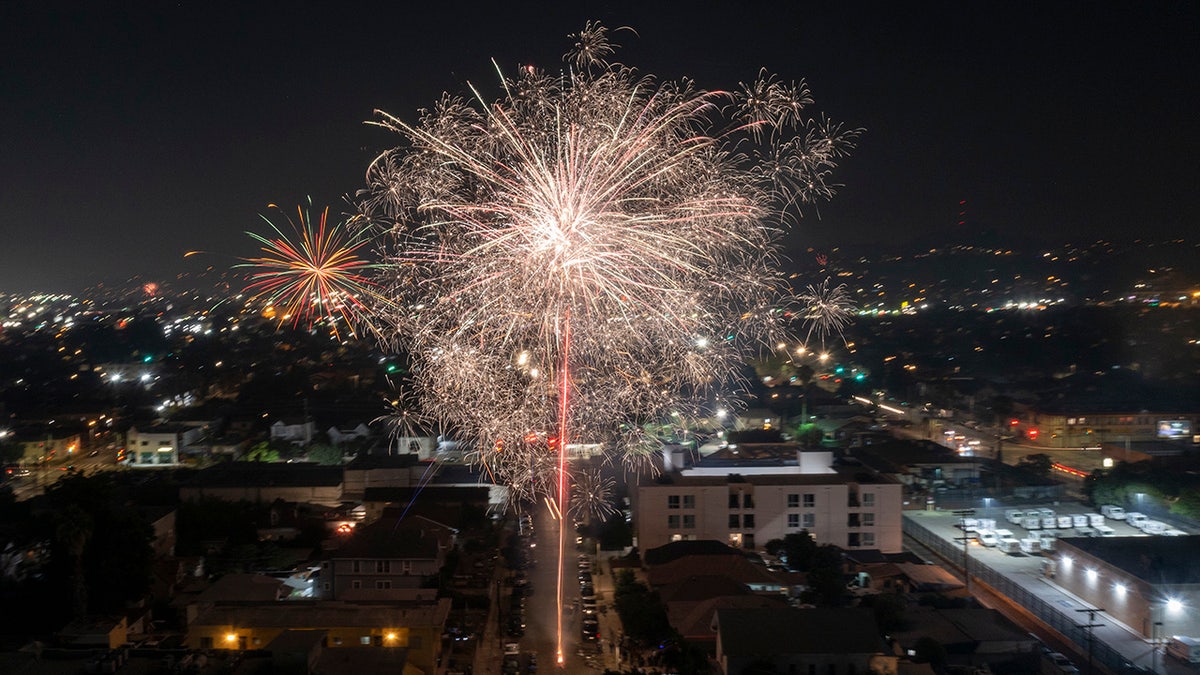The Fourth of July is synonymous with barbecues, outdoor games, concerts, parades, and dazzling fireworks. It's a time-honored tradition commemorating the United States' independence from Great Britain. However, beyond the festivities, there are fascinating details about this historic day that often go unnoticed. Let's delve into eight intriguing facts about the Fourth of July.

The first official Fourth of July fireworks display took place in 1777. (iStock)
1. The Declaration Wasn't Adopted on July 4th

Parades, concerts, and fireworks are hallmarks of Fourth of July celebrations. (Nicholas Pfosi for The Boston Globe via Getty Images)
While July 4, 1776, marks the official adoption of the Declaration of Independence by Congress, the vote for independence actually occurred on July 2nd. John Adams even envisioned July 2nd as the day of commemoration.
2. Surviving Copies of the Declaration
Following the Declaration's adoption, the "Committee of Five" oversaw the reproduction of the approved text. Hundreds of copies, known as "Dunlap broadsides," were circulated, but only 26 remain today, primarily housed in museums and libraries. Remarkably, one copy was found in a flea market picture frame.

The signing of the Declaration of Independence in 1776 was a pivotal moment in American history. (iStock)
3. A Riotous Reading
George Washington's public reading of the Declaration in New York City on July 9, 1776, ignited a riot, leading to the dismantling of King George III's statue. The statue's metal was later repurposed for ammunition.
4. Safeguarding History
After the Pearl Harbor attack, vital documents, including the Declaration, Constitution, and Lincoln's Gettysburg Address, were secretly moved to Fort Knox for safekeeping during World War II.
5. Unsung Heroes of Independence
While some signers, like John Adams and Thomas Jefferson, became prominent figures, many others remain relatively unknown, despite their crucial role in the nation's founding.

Fourth of July celebrations take diverse forms across the United States. (David McNew/Getty Images)
6. A Belated Federal Holiday
Despite its long-standing observance, the Fourth of July didn't become an unpaid federal holiday until 1870, and a paid one for federal employees until 1941.
7. The First Fireworks
The inaugural Fourth of July fireworks lit up the skies of Philadelphia and Boston in 1777, marking the beginning of a cherished tradition.
8. The Oldest Parade
Bristol, Rhode Island, holds the distinction of hosting the nation's oldest Fourth of July parade, dating back to 1785.
Comments(0)
Top Comments